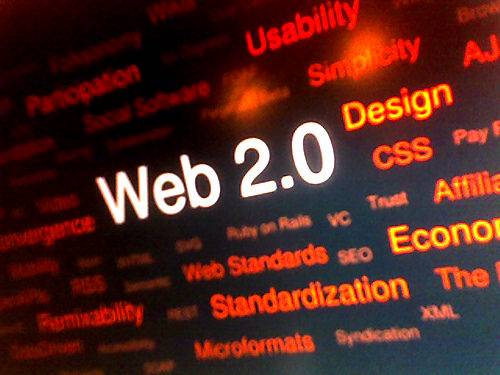At Lotusphere this year, the contrast between IBM and Microsoft could not be more distinct.

IBM is making it clear it is banking on a strategy that embraces a loosely coupled framework – a foundation based upon principles that are often discussed in the context of the open Web. For instance, as we mentioned yesterday, xPages, HTML5 and RESTful Web services will all be tools that push forward efforts such as Project Vulcan, the next generation of Lotus Notes unveiled here at Lotusphere this week.
Sharepoint, in contrast, is an enterprise collaboration service that has leveraged its proprietary framework into a $1 billion business. Tightly integrated with Microsoft Office, Sharepoint is not an open technology but does integrate with third-party applications.
IBM looks like it has momentum with Lotus Live, which now has 18 million users. It’s coming off a big win at Panasonic. Its open approach will be what sets the company apart from Microsoft.
In return, Microsoft has made it clear that it owns the market share in the enterprise, quick to point out IBM’s shortcomings, especially with Lotus Notes email. Julia White, director of the Exchange product team, said the company has 74% market share in United States companies with 500 employees or more. She says Lotus Noted email has a 7% share. In fact, she said, the Lotus Live win at Panasonic was not a major defeat for Exchange.
What’s striking is how the open Web may be the biggest game changer we have seen in decades. We were reminded of how far back the rivalry goes between IBM and Microsoft in a lunch conversation today with Martin Koser, a collaboration consultant based out of Stuttgart, Germany. Since the mid-1990s, Microsoft Office has ruled the enterprise with its operating system. In those years, its proprietary nature helped lock it in as the productivity suite of choice.
But now the tide is changing.The open nature of the Web has lead to what we now know as Enterprise 2.0. Companies are developing their own API’s. RESTful Web services are helping companies like MindTouch provide corporate customers with dashboards that can pull in data from the Web. IBM’s Project Vulcan will add an analytics layer on top of its collaboration platform. It’s a hybrid that will pull data from the cloud and on-premise, making recommendations for the user.
IBM executives are sharp in their criticism when questions are posed about the differences with Microsoft. That’s not too unusual, considering the deep and storied rivalry between the two companies.
“A struggle for relevance,” said Lotus Software General Manager Alistair Rennie about Microsoft and its approach to the market. “It’s a tightly integrated proprietary stack… It’s an approach whose time is over.”
It’s important to note that Microsoft Office is widely popular in the enterprise. It’s a $1 billion business for the company. Sharepoint has its own ecosystem of third-party companies that have integrated with Sharepoint.
IBM’s Web-based approach is distinctly different than the document-centric world of Sharepoint. It’s this Web-oriented, open approach that may prove to be the difference for IBM. We’ll have to see. Microsoft remains the major power in the enterprise. Its future is in proprietary systems. But who knows. As the cloud becomes more a part of doing business, Microsoft may continue to have the upper hand, especially if it can execute on its partnerships with third-party application providers.

















